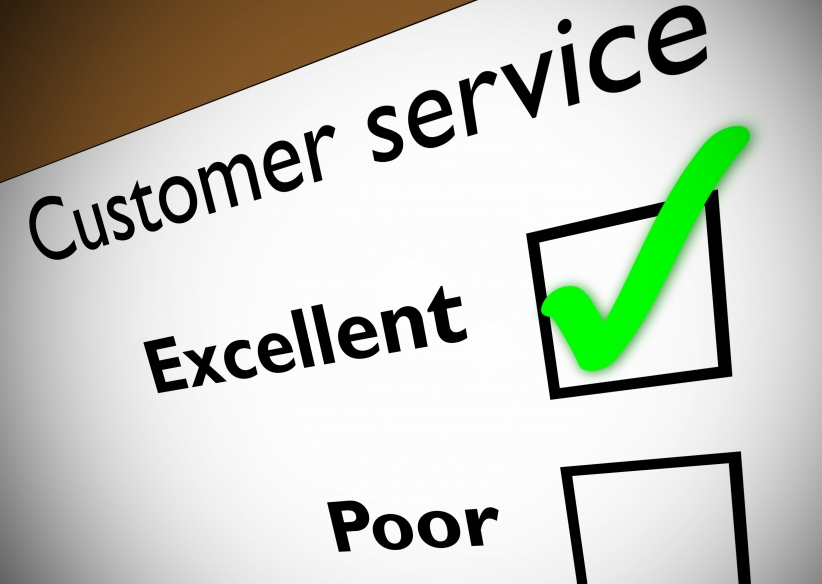1. Ameliorate your content management:
For making choices between different services or products, people usually go with the products and services which we have heard about from their knowns or came across while browsing the web. Thus, to entice the visitors and ultimately achieve customer retention, you need to produce content which you, yourself would read and share with others.
Moreover, you need to find marketing channels and spend the time to learn how to leverage the numerous free and paid marketing channels out there. Twitter, Google+ and other communities can help you find commonly discussed topics that you can write about.
2. Overcome buyer’s repentance;
Buyer’s remorse is defined as a sense of regret after having made a typically large purchase.
Buyers are usually afraid of 2 different things:
i)Their money was worth more than the product
ii)Their colleagues won’t approve of the product or service purchase.
Therefore salespeople should effectively address buyer’s remorse before its occurrence. The salesperson should be able to convince the customer as to why this is the best option for them. If your customer is not convinced and still wants a refund, try supporting your words with case studies or testimonials that show how your product was able to efficiently solve problems in similar cases earlier.
3. Indulge in live chats or Skype calls to know your customer’s requirements:
One of the most efficacious techniques of creating an impact with your customers is to get on a call with them. This will help you get really useful feedback that you can use to improve your business. Moreover, you will stand out in that customer’s mind and make the impression that you genuinely care about their needs.
4. Make use of the system of unearthing complaints:
As a matter of fact, 96 percent of discontented customers don’t complain. They just walk away! That’s because they often don’t know how to complain, or can’t be bothered, or are too frightened, or believe it won’t make any difference. Whilst they may not tell you what’s wrong, they will tell their friends or knowns.
A system for unearthing complaints can, therefore, be a savior for your business, because customers who complain are giving you a gift, they’re still talking to you. In other words, they’re giving you another opportunity to return them to a state of satisfaction.
5. Send targetted campaigns to your customers:
You can target your customers with personal and optimized marketing campaigns with the help of some amazing email and marketing services. Services like Vero and MailChimp are great for data-driven email marketing and event-triggered email marketing.





















